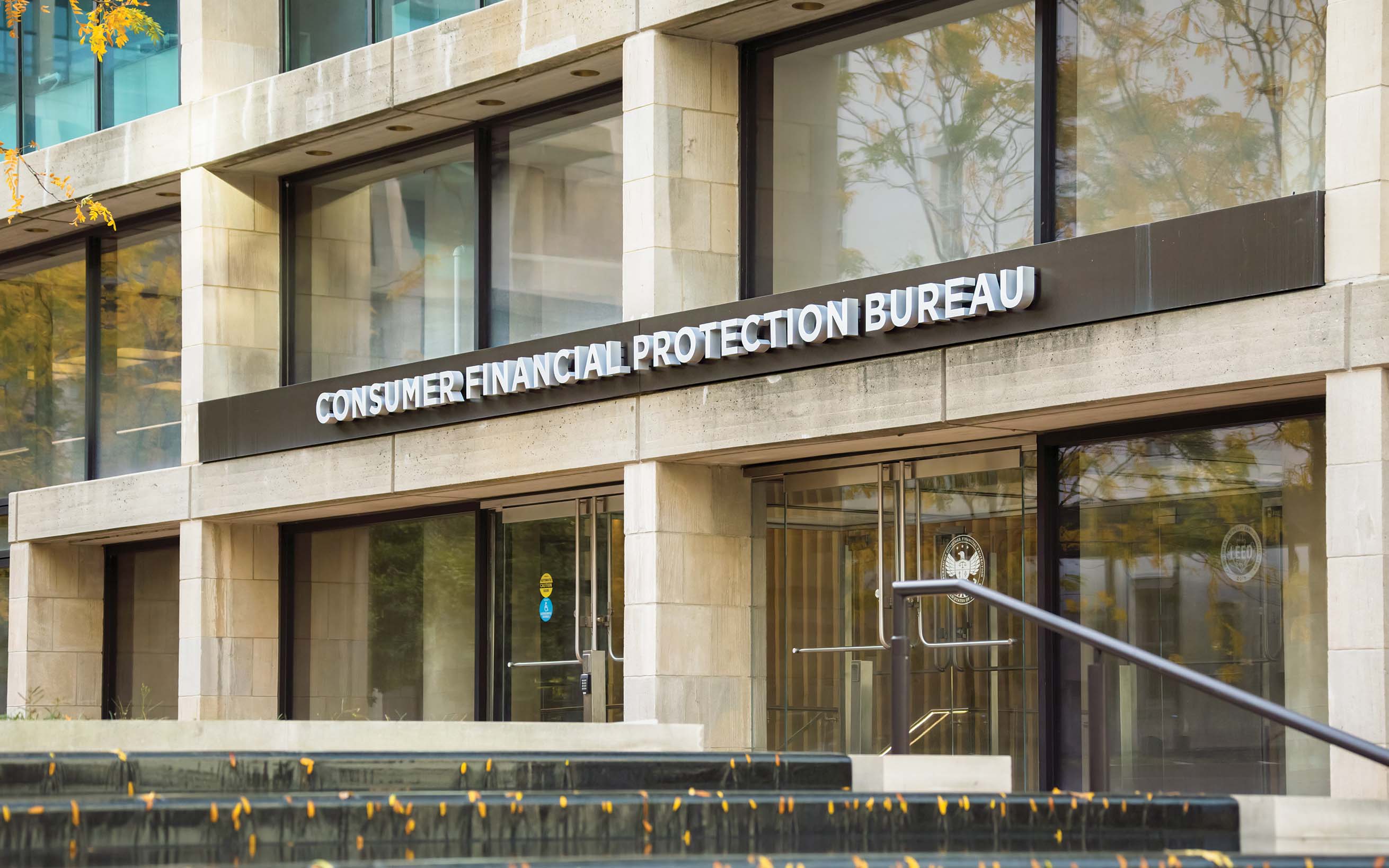This past year, the Consumer Financial Protection Bureau (CFPB) fined a national bank for misinforming its accountholders about its overdraft services fees. A handful of regulations apply to banks offering overdraft programs.
The overdraft regulations that you need to know
February 01, 2021 / By Mary Thorson Wright
This past year, the Consumer Financial Protection Bureau (CFPB) fined a national bank for misinforming its accountholders about its overdraft services fees. A handful of regulations apply to banks offering overdraft programs.
Overdraft services offer bank customers a tool to manage financial resources, protect themselves from bounced check fees and help protect their credit score. Overdraft protection programs are subject to regulatory rules, exposing banks to potential reputational, compliance and litigation risks. How can community banks offer overdraft services while ensuring compliance?
Bank regulators scrutinize overdraft programs. In August 2020, the Consumer Financial Protection Bureau (CFPB) required corrective action and fined TD Bank for marketing and sales practices for its overdraft service, Debit Card Advance (DCA). Violations included a failure to obtain consumers’ consent for charging overdraft fees, deceptive practices describing and promoting the product, and failing to establish and implement reasonable written policies and procedures for the accuracy and integrity of the consumer account information it furnished to two nationwide consumer reporting agencies.
Overdraft rules must be followed regardless of flexibility. Overdraft lines of credit can be linked to checking accounts to cover insufficient funds with credit advances. Overdraft protection may also be achieved by a “sweep” arrangement: When covered transactions are presented, funds are swept from another deposit account of the customer to cover the balance shortfall.
“From the TD Bank Regulation E opt-in process issue, community banks must be reminded to follow requirements to a T.”
—Rhonda Thomas-Whitley, ICBA
Banks may also use an automated overdraft payment system or an ad hoc program. The automated process relies on computerized decision-making by pre-established criteria with little or no case-by-case review for an individual customer or item. For ad hoc programs, bank employees exercise judgment to pay or return an item. This is done as an accommodation and generally is based on some pre-established guidelines and the employee’s knowledge of a particular customer.
Regulations to know
A variety of regulatory and industry standards affect bank overdraft programs, including:
Regulation Z (Truth in Lending). Lines of credit require open-end credit disclosures and a periodic statement of the account; generally have an established credit limit; accrue interest on credit balances and may also assess fees; and are covered for advertising (§1026.5–§1026.16).
Regulation DD (Truth in Savings Act). Disclosure requirements include overdraft fees, limits on transactions, periodic statement content and advertising (§1030.3, §1030.4 and §1030.11).
Regulation E (electronic fund transfers). Section 1005.17 of Regulation E addresses requirements for charging consumers overdraft fees for ATM and one-time debit card transactions. The opt-in requirement covers consumer accounts for which an ATM or debit card has been or will be issued.
A bank may only impose an overdraft fee for the payment of an ATM or one-time debit card transaction that overdraws an account if it has:
provided a disclosure of the bank’s overdraft services, including all required information
provided the consumer an opportunity to affirmatively consent or opt into the bank’s overdraft service for ATM and one-time debit card transactions
obtained the consumer’s affirmative consent or opt-in, including a notice that they have the right to revoke the consent at any time.
Unfair, Deceptive, or Abusive Acts or Practices (UDAAP). UDAAP is broad and could apply to virtually any inaccurate information, omissions or misinterpretations in printed or oral program descriptions, disclosures or advertising. It has the potential to affect any product, service, employee or department. The CFPB found that TD Bank had promoted its DCA product as free when there were fees to be assessed for the service.
Regulation B (Equal Credit Opportunity Act). Adverse actions taken or the manner in which overdraft programs are structured and administered, and the practices underlying decisions to pay or return items and impose fees could subject the bank to issues of fair treatment.
Regulation V (Fair Credit Reporting). Overdraft programs are subject to rules regarding negative information reporting, dispute resolution and adverse actions taken by the bank.
Vendor management and third-party oversight. Aspects of overdraft program implementation or management that is outsourced to third parties, including debt collection practices, must be actively overseen by the bank to ensure compliance.
Joint guidance on overdraft protection programs. Interagency guidance was issued in 2005.
Overdraft payment programs and consumer protection. FDIC FIL-81-2010 reaffirmed supervisory expectations for overdraft payment programs and provided specific guidance for automated overdraft payment programs.
Completing the compliance process for each regulatory requirement is critical. “From the TD Bank Regulation E opt-in process issue,” says Rhonda Thomas-Whitley, vice president and regulatory counsel for ICBA, “community banks must be reminded to follow requirements to a T. The requirements appear simple: to disclose terms completely and properly, to disclose the opt in, to effect affirmative consent and evidence for the file. Community banks must have a comprehensive process to meet each requirement.”
Overdraft programs are a valuable tool for customers. Community banks must understand and implement applicable regulations to ensure an effective, compliant approach to overdraft program management.
Subscribe now
Sign up for the Independent Banker newsletter to receive twice-monthly emails about new issues and must-read content you might have missed.
Sponsored Content
Featured Webinars
Join ICBA Community
Interested in discussing this and other topics? Network with and learn from your peers with the app designed for community bankers.
Subscribe Today
Sign up for Independent Banker eNews to receive twice-monthly emails that alert you when a new issue drops and highlight must-read content you might have missed.
News Watch Today

Join the Conversation with ICBA Community
ICBA Community is an online platform led by community bankers to foster connections, collaborations, and discussions on industry news, best practices, and regulations, while promoting networking, mentorship, and member feedback to guide future initiatives.













